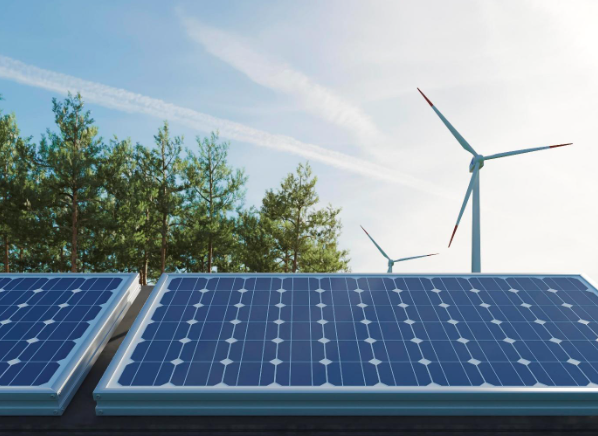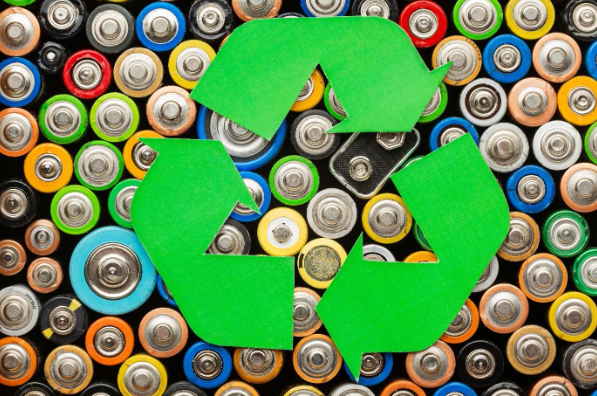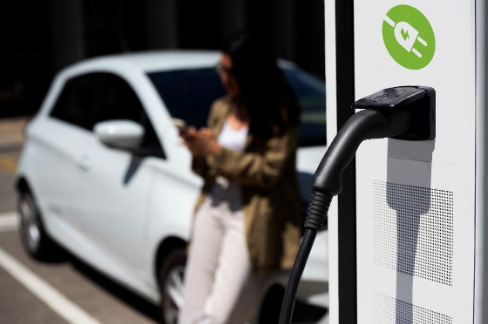The Rise Of Electric Vehicles In The World: Big Hero Or Big Zero?
The hum of Electric Vehicles (EVs) barely disrupts the early morning silence as they glide through the city streets. There’s something futuristic about it—a machine powered not by the combustion of fossil fuels but by the invisible force of electricity. Governments and a majority of the car brands worldwide tout EVs as the silver bullet in the fight against climate change. Advertisements showcase sleek, high-tech cars charging effortlessly, their drivers smiling at the gas stations they no longer visit. But is the shift to EVs truly all rainbows and sunshine as we are led to believe? Or is there more to the story than meets the eye?
Now imagine a world where city streets are no longer choked with exhaust fumes, where the air is clear and clean, and a gentle hum replaces the constant rumble of engines. This is the tantalizing vision that Electric Vehicles offer. As we cruise down the silent electric avenue, we find that these vehicles deliver on many of their eco-friendly promises.

The Rainbows and Sunshine Side of Electric Vehicles
Here’re a few things the EVs are contributing to us, especially the environment.
1. Zero Tailpipe Emissions: A Breath of Fresh Air

The most obvious and tangible benefit of Electric Vehicles is their lack of tailpipe emissions. No seeing and breathing black or grey smoke coming out of the back of the vehicle you’re following, especially from diesel engines which cause immense damage to the environment and the air we breathe. Naturally, the zero tail-pipe emission of EVs has contributed to the health of the environment positively because according to the World Health Organization (WHO), approximately 4.2 million deaths occur annually due to outdoor air pollution. Scary, to say the least.
2. Renewable Energy Integration: The Dinos Can Finally Rest In Peace

The age of EVs has presented the world an opportunity to slowly be independent of fossil fuels and instead integrate with renewable resources such as solar energy and wind energy. It is important to understand that by charging through green electricity, the carbon footprint shrinks significantly. Countries like Norway, where hydropower dominates the grid, showcase how EVs can operate almost entirely free from fossil fuels.
3. Lower Operating Costs: Spend Less For More

Now anyone with a car of their own would understand that maintenance costs of internal combustion vehicles aren’t really easy. If you can’t keep the car running then you basically don’t have transportation, right? EVs on the other hand, have fewer moving parts, translating to lower maintenance costs. Electricity is cheaper than petrol and diesel in most parts of the world and according to Consumer Reports, EV owners save an average of $4,600 in maintenance and fuel costs over the car’s lifetime compared to petrol and diesel vehicles.
The Dark Side of Electric Vehicles

Nothing is perfect and EVs are no exception, though they do contribute a lot to the environment, it is important to also keep in mind that they can also pose a threat.
1. Battery Production and Mining Impact: No Rainbows and Sunshine Here

While EVs emit nothing from their tailpipes, the very thing that powers them is a completely different story that begins long before they hit the road and it’s not very environment-friendly. The lithium-ion batteries that power EVs require lithium, cobalt, and nickel—elements mined from the earth, often under ethically and environmentally questionable conditions, and it doesn’t stop here because there’s more. According to the U. S. Department of Labor, The Democratic Republic of Congo, responsible for over 70% of the world’s cobalt supply, has been scrutinized for exploitative child labour and unsafe mining conditions. Additionally, mining operations destroy ecosystems and consume massive amounts of water, particularly in lithium-rich regions.
2. Battery Recycling and Disposal: Recycle? No, Thank You.

As Maroon 5 said, “Nothing lasts forever”, and that applies to batteries as well. The average EV battery pack has a lifespan of 8-15 years and even less in some before requiring replacement. While experts are still finding ways to develop efficient recycling methods, most old batteries still end up in landfills, contributing to toxic waste. Improper disposal can lead to environmental contamination and fire hazards, posing a long-term sustainability challenge.
3. Infrastructure Challenges: You Win Some, You Lose Some

Despite rapid advancements, charging infrastructure remains a hurdle. Unlike petrol stations, EV charging stations are still not as widespread, especially in rural areas. Charging an EV takes significantly longer than refuelling a petrol or diesel vehicle—anywhere from 30 minutes for a fast charge to several hours for a full home charge and your smartphone’s fast charger won’t be of any help either. For apartment dwellers without easy access to charging points, owning an EV can be more frustrating than convenient.
Conclusion
Though the use of EVs can be another way to help and protect the environment, its production process which relies heavily on mining also poses an immense environmental and ethical threat, not only to the environment but to the well-being and health of local communities as well. Not relying on fossil fuels could be a significant step in protecting the environment and the air we breathe, but nothing is perfect and relying solely on electric batteries is not the perfect solution either.
The governments and manufacturers are doing their part in finding ways and means towards more safe and sustainable mining practices, battery recycling technologies and cleaner energy sources to maximize EV benefits and a safe environment.
If you’re keen on helping and protecting the environment, an EV is a good start if you have access to clean electricity and the ability to charge at home to significantly reduce your carbon footprint as well. However, if your electricity still depends on more harmful sources like coal, or if your battery disposal and recycling methods still remain a challenge, then sticking to the conventional internal combustion engine is not as bad as it seems. A reminder that there are policies for internal combustion vehicles to adhere to in order to keep the environment safe as much as they can.
The road to sustainability isn’t just about switching from gas to electric; it’s about rethinking our transportation systems as a whole. EVs are part of the solution—but they are not the whole solution.
Author: Adrian K. K. Wahlang
References:
https://www.dol.gov/sites/dolgov/files/ILAB/DRC-FL-Cobalt-Report-508.pdf
https://www.who.int/health-topics/air-pollution
https://www.solarreviews.com/blog/10-pros-and-cons-of-electric-cars
https://www.sustain.life/blog/electric-vehicles-environment
https://www.freepik.com/







5 Comments
Principal_Don Bosco College Byndihati
10 months agoCongratulations to the author for this insightful article. It skillfully balances the promise of EVs in reducing emissions with the critical realities of their production’s environmental and ethical costs. By highlighting the dependence on problematic mining and the necessity of clean energy and recycling, the piece underscores that EVs are a component, not a complete solution, within a larger, essential shift towards holistic and sustainable transportation.
Marbanylla Rikynti Sawian
10 months agoInsightful and informative!
Nora
10 months agoGood one
Elisabeth M
10 months agoVery interesting!
Jordan Smith
9 months agoThis blog explores the rise of electric vehicles in the world with a balanced view. It’s a thought-provoking read that questions whether EVs are truly a big hero or hype.